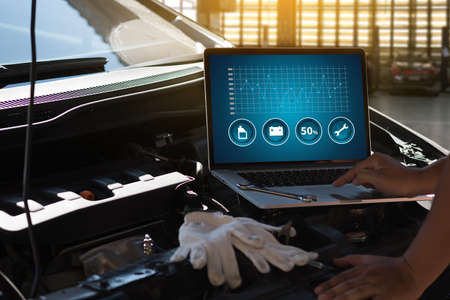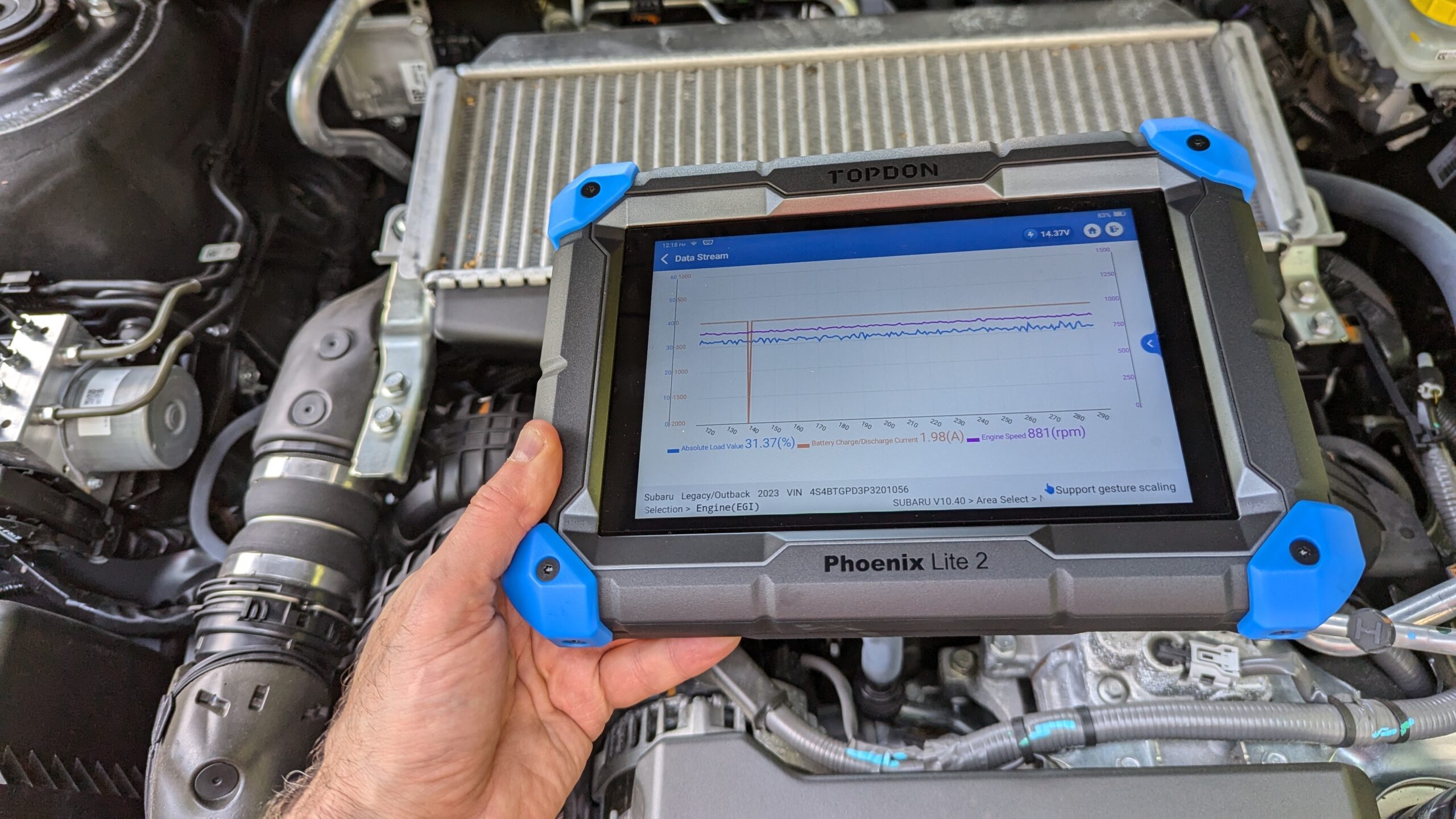Modern vehicles are complex machines with sophisticated electronic systems, and diagnosing engine problems isn’t as simple as popping the hood anymore. That’s where engine diagnostic tools come into play — helping mechanics and car owners quickly identify issues and maintain vehicle performance.
In this guide, we’ll cover what engine diagnostic tools are, the different types available, how they work, and why they’re essential for anyone who wants to keep their car running smoothly.
🚗 What Are Engine Diagnostic Tools?
Engine diagnostic tools are electronic devices or software used to scan, monitor, and diagnose problems in a vehicle’s engine and other systems. They connect to the car’s On-Board Diagnostics (OBD) port to retrieve data and fault codes.
These tools help identify:
- Check engine light causes
- Emission problems
- Sensor failures
- Ignition and fuel issues
- Transmission errors
📊 How Do Engine Diagnostic Tools Work?

Most modern vehicles (2000 and newer) are equipped with an OBD-II (On-Board Diagnostics II) system. Engine diagnostic tools plug into the OBD-II port (usually under the dashboard) and communicate with the car’s ECU (Engine Control Unit) to read error codes.
Common Features:
- Read and clear trouble codes (DTCs)
- Display live sensor data
- Monitor fuel system and emissions
- Reset check engine lights
- Access manufacturer-specific modules (advanced tools)
🧰 Types of Engine Diagnostic Tools
There are several types of tools based on user level and functionality:
1. Basic OBD-II Code Readers
- Ideal for DIYers
- Reads and clears generic codes (P-codes)
- Budget-friendly and easy to use
2. OBD-II Scan Tools
- More advanced than basic readers
- Displays real-time data, freeze frames, and sensor outputs
- Compatible with more car brands and systems
3. Professional Diagnostic Scanners
- Used by certified mechanics and workshops
- Access to ABS, SRS, transmission, and manufacturer-specific systems
- Bi-directional controls (test components like fans or fuel pumps)
4. Bluetooth/Wi-Fi Diagnostic Tools
- Plug into the OBD port and connect to a smartphone app
- Offers detailed diagnostics on your phone or tablet
- Portable and user-friendly
5. OEM Diagnostic Tools
- Manufacturer-specific tools
- Full access to proprietary systems and updates
- Costly and usually dealership-exclusive
🔍 Popular Engine Diagnostic Tool Brands
Here are some trusted names in the industry:
- Autel
- Launch
- Innova
- BlueDriver
- FIXD
- Bosch
- OBDLink
These brands offer tools for all skill levels—from casual car owners to seasoned technicians.
✅ Benefits of Using Engine Diagnostic Tools
🛠️ 1. Quick Problem Detection

No need to guess what’s wrong—scan and identify issues in seconds.
💰 2. Save on Repair Costs
Knowing what’s wrong helps avoid unnecessary repairs or being overcharged.
🚀 3. Real-Time Monitoring
Check engine performance, fuel trim, oxygen sensor data, and more in real time.
🔄 4. Reset Check Engine Lights
Clear error codes once the problem is fixed to restore dashboard alerts.
⛽ 5. Improve Fuel Efficiency
Detect issues like misfires or oxygen sensor problems that reduce mileage.
🧠 6. Better Vehicle Knowledge
Gain deeper insight into how your car operates and when it needs attention.
🧪 How to Use an Engine Diagnostic Tool (Step-by-Step)
- Locate the OBD-II Port (under the steering column or dashboard).
- Plug in the Scanner (or adapter if using Bluetooth).
- Turn the Ignition On (car doesn’t always need to be started).
- Run the Scan – Follow on-screen instructions to read codes.
- Interpret the Codes – Look up DTCs or use the tool’s built-in database.
- Clear Codes (Optional) – After fixing the issue, reset the light.
Tip: Don’t clear codes before fixing the root problem—doing so can hide ongoing issues.
🧰 Common Diagnostic Trouble Codes (DTCs)
Here are a few examples of engine-related trouble codes:
- P0171 – System too lean (Bank 1)
- P0300 – Random/multiple cylinder misfire
- P0420 – Catalyst system efficiency below threshold
- P0455 – Evaporative emission control system leak (large)
- P0113 – Intake air temperature sensor circuit high input
Each code gives a clue to a specific malfunction or irregularity.
FAQs About Engine Diagnostic Tools
Q1: Do I need a diagnostic tool if I’m not a mechanic?
Yes, even basic scanners can help you understand and monitor your vehicle’s health without visiting a shop.
Q2: Are all diagnostic tools compatible with every car?
Most OBD-II tools work with vehicles made after 2000. Always check compatibility with your make/model.
Q3: Can I use my phone as a diagnostic tool?
Yes, with a Bluetooth or Wi-Fi OBD-II adapter and a diagnostic app like Torque or BlueDriver.
Q4: Will clearing codes fix my engine problem?
No. Clearing codes resets the check engine light, but doesn’t resolve the underlying issue.
Q5: What is the best diagnostic tool for beginners?
Tools like FIXD or BlueDriver are beginner-friendly with mobile integration and simple interfaces.
Q6: How often should I scan my car?
Regular scans every few weeks or before long trips help catch problems early.
Q7: Can engine diagnostics help with emissions tests?
Yes. Identifying and fixing emission-related issues can help you pass inspections.
Q8: Is it safe to use a diagnostic tool while driving?
For live data monitoring, yes. But it’s best to check codes while the vehicle is stationary for safety.
Conclusion: Stay Ahead with Engine Diagnostic Tools
Whether you’re a casual car owner or a dedicated DIY mechanic, engine diagnostic tools empower you to understand your vehicle better, avoid costly surprises, and maintain performance. Investing in a quality diagnostic scanner gives you peace of mind, saves time at the mechanic, and keeps your engine running efficiently for years to come.




